Almost lost in the wreckage of the UTF Archives is this nugget from the 2013 IMAGE EXPO.
I was fortunate enough to sit down with the endlessly talented and most assuredly gifted writer behind Peter Panzerfaust, Kurtis J. Wiebe. We talked about his career and his head turning books that have certainly garnered our attention and praise.
Checkout the show stopping quotes below!
UTF: All right. Well, first, I just want to ask you, how did you end up in the comic industry? How did that come about?
Kurtis J. Wiebe: I actually really didn’t even get into comics until I was in my mid-20s. I didn’t live in a place where there was access to comics, I lived in a small town.
I grew up on a farm first, and then I lived in a small town. So I wasn’t really even aware of it. And I did a lot of writing, short stories and novels, and stuff like that. That’s more what I was into.
And then a friend introduced me to “The Walking Dead,” interestingly enough, and “Fell,” by Warren Ellis and Ben Templesmith. And at that time, I had no idea there was anything other than superhero comics, I thought that was it: “Marvel / DC,” “Batman,” “Spider-Man.” Then I saw these books and I read them, and I was like, okay, there’s a whole world of this that I didn’t know was out there. And so for the … My chair is squeaking, I’m sorry!
UTF: Oh, that’s okay, don’t worry about it!
Kurtis J. Wiebe: Yeah, so from there, I took some of my ideas that I had planned for novels or whatever, and started reading comics. I just got into them, and from there, just sort of pitching. I mean, it took years, it wasn’t an overnight thing where all of a sudden I was published.
I think I really started in 2005, was when I started writing scripts and getting artists and pitching and pitching and pitching, and then I got my first book that came out with Red Five Comics that do “Atomic Robo.”
They published my first book in 2009. Interestingly enough, it’s a team book about four women that are kind of superheroes, but kind of in a more fantasy-based thing. So I guess like “Rat Queens,” the book I announced today, is kind of almost like in a sense a continuation, at least thematically.
UTF: It’s like an evolution of the original idea.
Kurtis J. Wiebe: Yeah, and that maybe it was something, this kind of unrequited thing that I actually never finished it the way I wanted to. And so that series was called “Beautiful Creatures,” and that was really my foot in the door, and then everything else has come out after that.
UTF: That’s great. When I initially started reviewing comics, there was one in particular that I kept hearing about, but I never actually took the time to put money into it. That was  “Peter Panzerfaust.” It just sounded like the goofiest concept I ever heard! But I’ve got to say, as soon as I read that first issue and began reviewing it, I fell instantly in love with it.
“Peter Panzerfaust.” It just sounded like the goofiest concept I ever heard! But I’ve got to say, as soon as I read that first issue and began reviewing it, I fell instantly in love with it.
Kurtis J. Wiebe: Oh, awesome, thank you!
UTF: My pleasure! It was just a interesting choice to take something that was such pure fantasy and put it in a hard Word War II setting.
Kurtis J. Wiebe: Yeah, it’s funny, because I think … In some ways, it has, for the title; the concept has worked for it and against it. And I think a lot of people, they hear, oh, it’s “Peter Pan” in World War II, they kind of dismiss it as: oh, that’s the dumbest thing I’ve heard. And they don’t really bother to figure out how it works and why, like what we’re doing with it. And then some people immediatel: that’s a great idea! And they’re on board. So it’s kind of had this positive-negative vibe.
UTF: Well, it’s really a polarizing thing, when you take a classic tale like that… It’s no different than today, when they announced ODY-C. And that’s either going to piss people off, or make them excited? It’s similar to “Peter Panzerfaust.”
Kurtis J. Wiebe: It really is.
 UTF: On that subject I’ve enjoyed the characterization of Captain Hook. I thought making him into a Nazi, and the explanation for the hook and everything has been top notch. But I guess my question would be, do you have any other genres you would like to touch? Because you’ve kind of dipped into fairy tale realms, and epic yarns a little bit into more darker themes. Is there anything you haven’t played with that you really want to toy with?
UTF: On that subject I’ve enjoyed the characterization of Captain Hook. I thought making him into a Nazi, and the explanation for the hook and everything has been top notch. But I guess my question would be, do you have any other genres you would like to touch? Because you’ve kind of dipped into fairy tale realms, and epic yarns a little bit into more darker themes. Is there anything you haven’t played with that you really want to toy with?
Kurtis J. Wiebe: You know, it’s weird; I have been asked this question before. And it’s one of these things where I’m not … I have a story idea, and it’s not like I want to do a horror book, I want to do this, I want to do that, it’s more like I have a story.
UTF: And you just want to do a story.
Kurtis J. Wiebe: And I kind of let that grow. And then the genre kind of attaches itself, rather than it’s going to be a horror book, and then it comes out of that. It’s more the other way around where yeah, I have this main idea, and then something flowers out of that. And then it really depends on how it develops from the initial kernel of an idea. That kind of dictates the genre. But you know, I’m always looking to do something new, something … “Peter Panzerfaust” is a fairy tale. I did “Green Wake” which is a horror book, “Intrepids:” is kind of an action-y super-spy thing.
UTF: And “Debris.”
Kurtis J. Wiebe: And I did “Grim Leaper,” which is a romantic horror comedy. And then, yeah, “Rat Queens” is just coming out, which is kind of a straight-up fantasy. So I just kind of do what feels right for the story… for the tone. You know, with “Rat Queens” I could have taken that idea and make it a horror book.
It could be a serious dark, dark, story. You could go that route. But as I developed it, it had … Just the characters seemed to have a lot of charm to them as I created them in my head, so it was just a natural thing to make it a funny book.
UTF: Makes sense to me. Which leads to my next question. When you actually sit down to write a script for a comic book, what’s the first step? Is there a sort of an environment you have to have, type deal?
Kurtis J. Wiebe: Yeah, it’s weird. I have to think about a story, like for a script in particular, for quite a while before I can just sit down and pound it out. And then I get to the point where, okay, the artist is catching up with me and I need to get this script done. For example, I was writing “Panzerfaust 14” on the plane, because it’s due tomorrow. But it’s one of those things where I think it pays off for me, because I think about it for so long, I over-think it. And when I actually get to the scripting phase, I actually sit down, I know … A lot of people actually write outlines, they kind of have a page breakdown of what’s happening.
And I don’t really do that. I kind of just write on the fly. I have an overall idea of where it’s going to go, but I’ve never written outlines, I’ve felt like it restricts me a little bit. So yeah, I think about it for a while, and then I sit down, and usually I just kind of write it in a sitting. I’ll just sit down and write the script, in four or five hours. In this case, with “Panzerfaust 14,” I would come in writing in chunks, because I’ve been traveling a lot. So I write on the plane, I write in the hotel. I just kind of do it piece by piece.
UTF: When you have time.
Kurtis J. Wiebe: And I don’t like that, because it feels like for me, I like kind of a beginning to the end process. Because you’re in the same mood as you write the script from beginning to end. Whereas, you write on a Friday, take a break, come back
Saturday, maybe you had a bad day, or you had a great day and it’s supposed to be a sad story. So it can affect the mood. So I really do try to get it all in one sitting, just to pound it out, and then go back and revise later if I have to, but just get the whole thing done in one go.
UTF: Sounds good. Sounds good. And then, when it comes to working with an artist, how do you approach that? Achieving the visual transition of your written word?
Kurtis J. Wiebe: I mean, there’s a few different ways, it depends. Sometimes I write a project for an artist. That was the case for “Rat Queens” for Rock Upchurch. His style was something that I wanted to work with, and I e-mailed him, and I said, “What do you like, what do you want to draw? What’s fun?”
And he’s a fantasy nut, so I’m like, oh great, I want to do a fantasy book. And so I wrote the characters and everything, knowing that he was going to do it.
And then sometimes it’s like, I write the script in my first book with image, “Intrepids” was a case of I had the idea, and I had all the characters in the [inaudible 00:07:58], and then everything built on and written out, I had no idea how to get it done visually. And literally I looked at every kind, more cartoon-y, more serious, more realistic. And then I eventually found Scott Kowalchuk who is kind of this retro kind of ’60s currently influence in his style.
Kurtis J. Wiebe: And he just fit perfectly in the book. And sometimes it just happens that way, where you have no idea what it’s going to look like until you see the artist’s stuff, and you’re like, that’s what I want it to look like.
UTF: Well, because it’s like, back to “Panzerfaust,” where the art in particular is always fantastical. The line work is just very solid, but the characters themselves, like Pan, especially when he’s brought to life with his goofy hair. It retains enough of the fantasy elements that you buy it in that setting. Even though there is, again, this goofy transition of World War II. It’s a serious story that explores a fantasy tale, more or less.
Kurtis J.Wiebe: Right.
UTF: In any case, I think that about covers it.
As we close this out I want to take the time to thank Kurtis J. Wiebe for the opportunity to ask him some questions and for the excellent answers given above. But what did you guys think of the interview? Sound off with your thoughts and opinions in the comments section below!
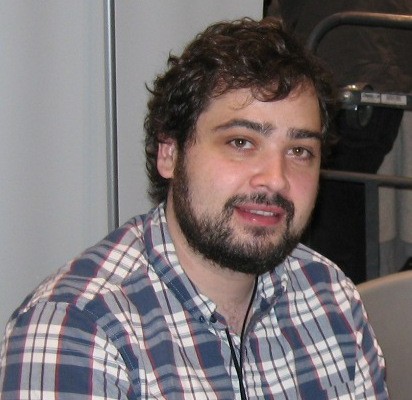

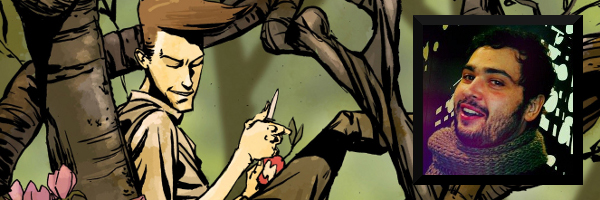




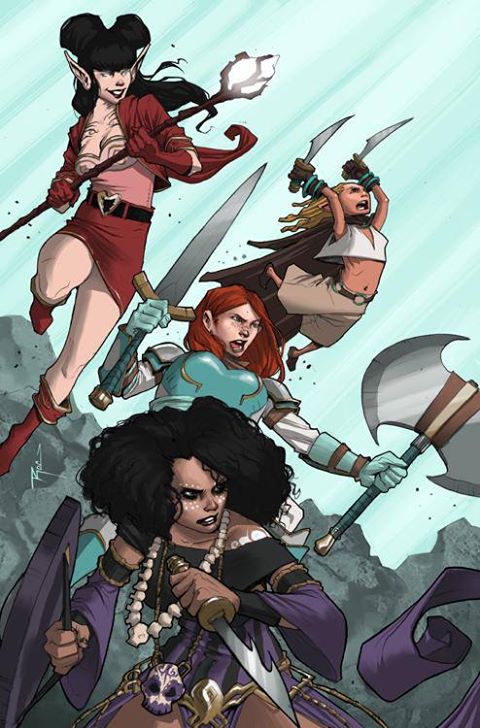






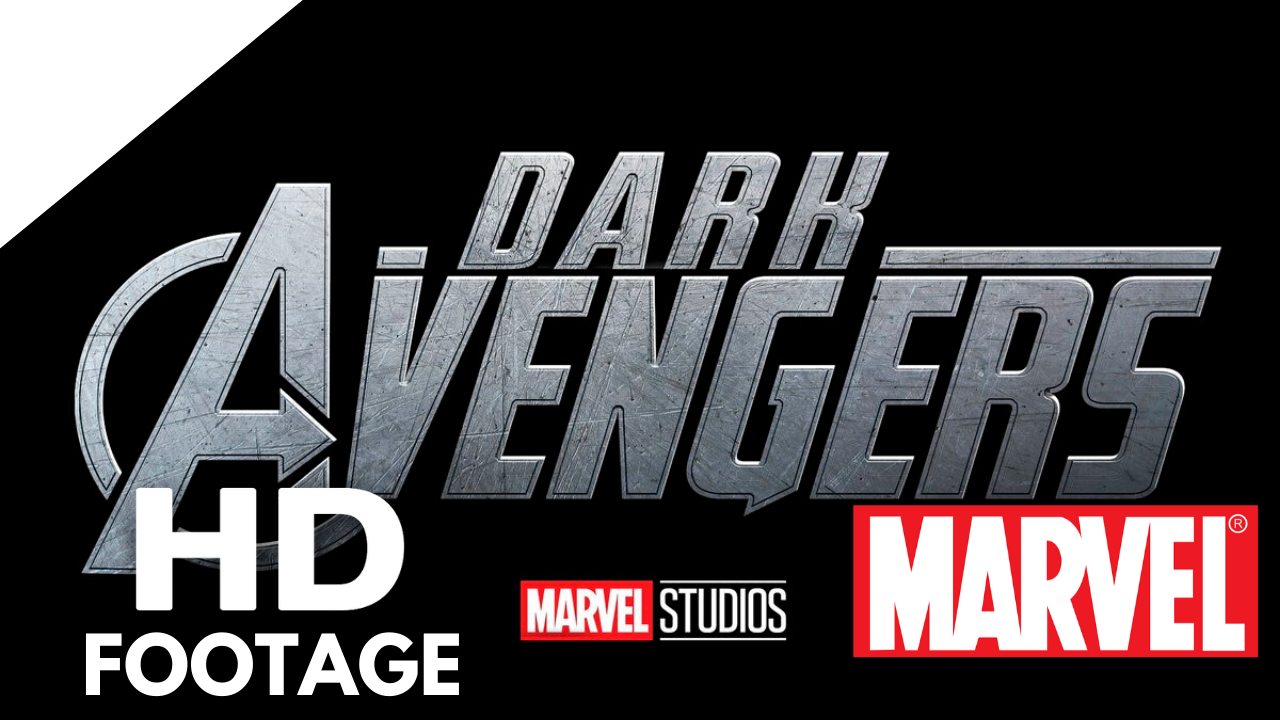
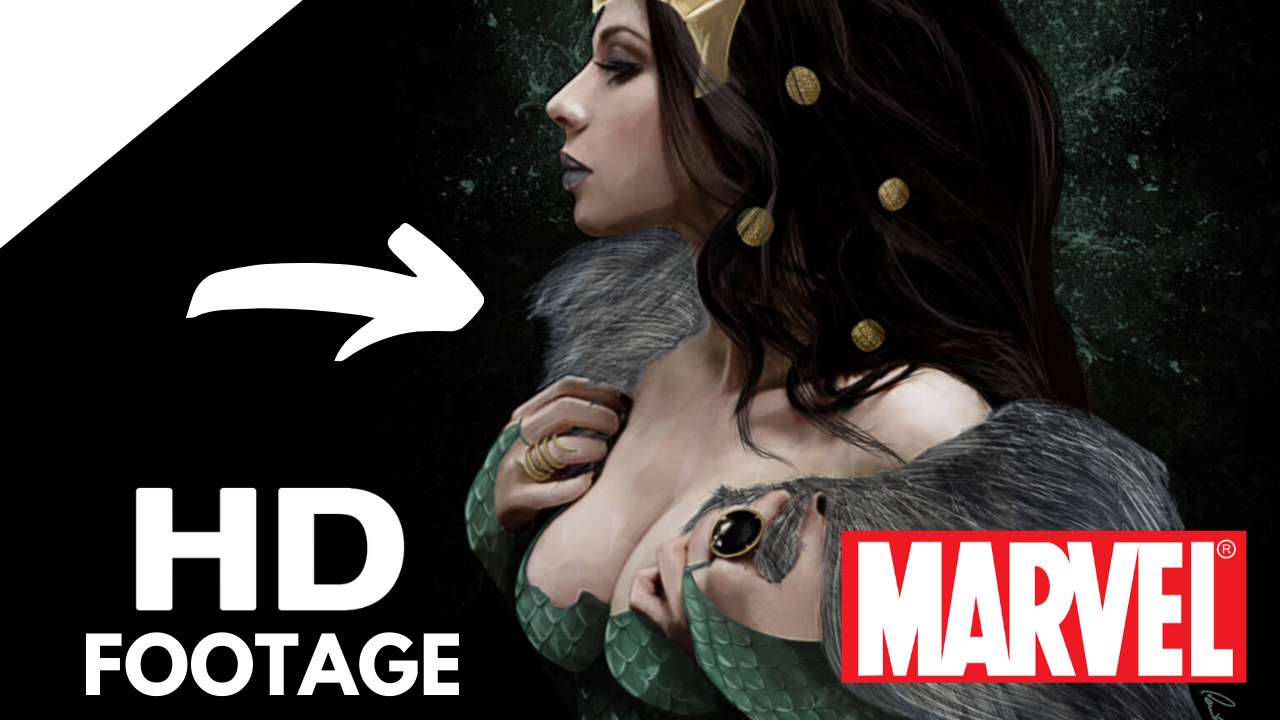

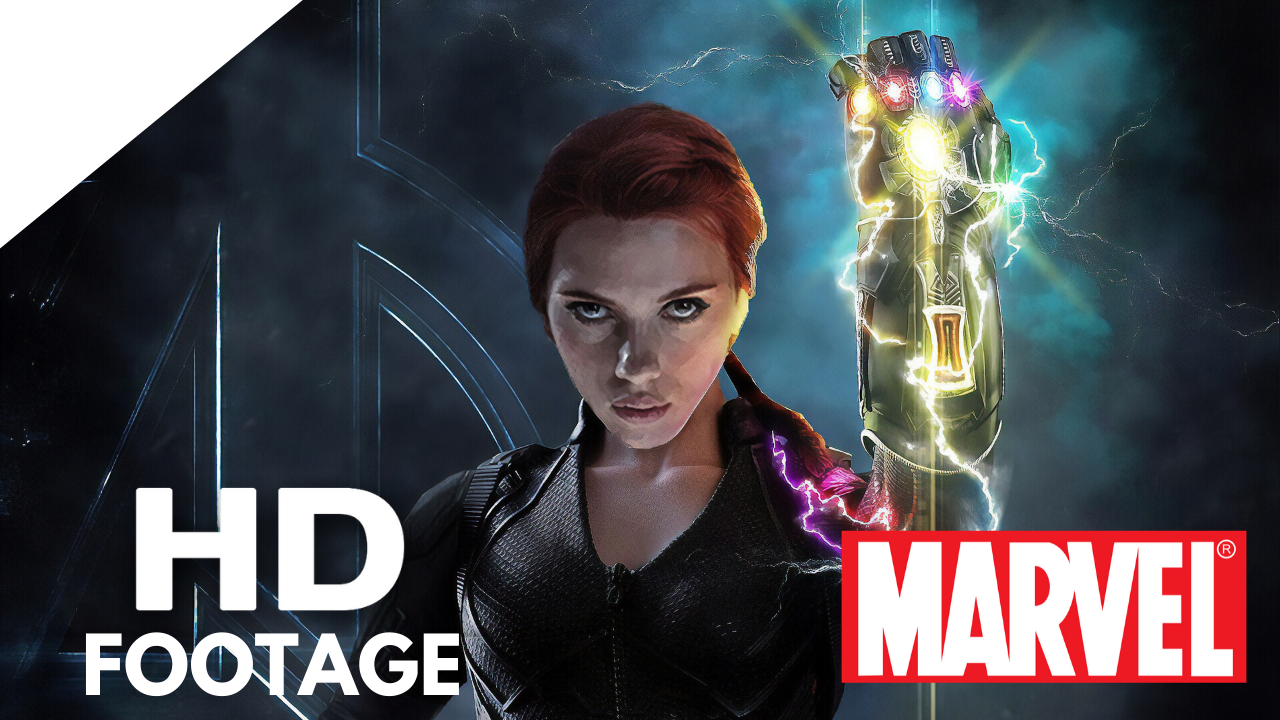
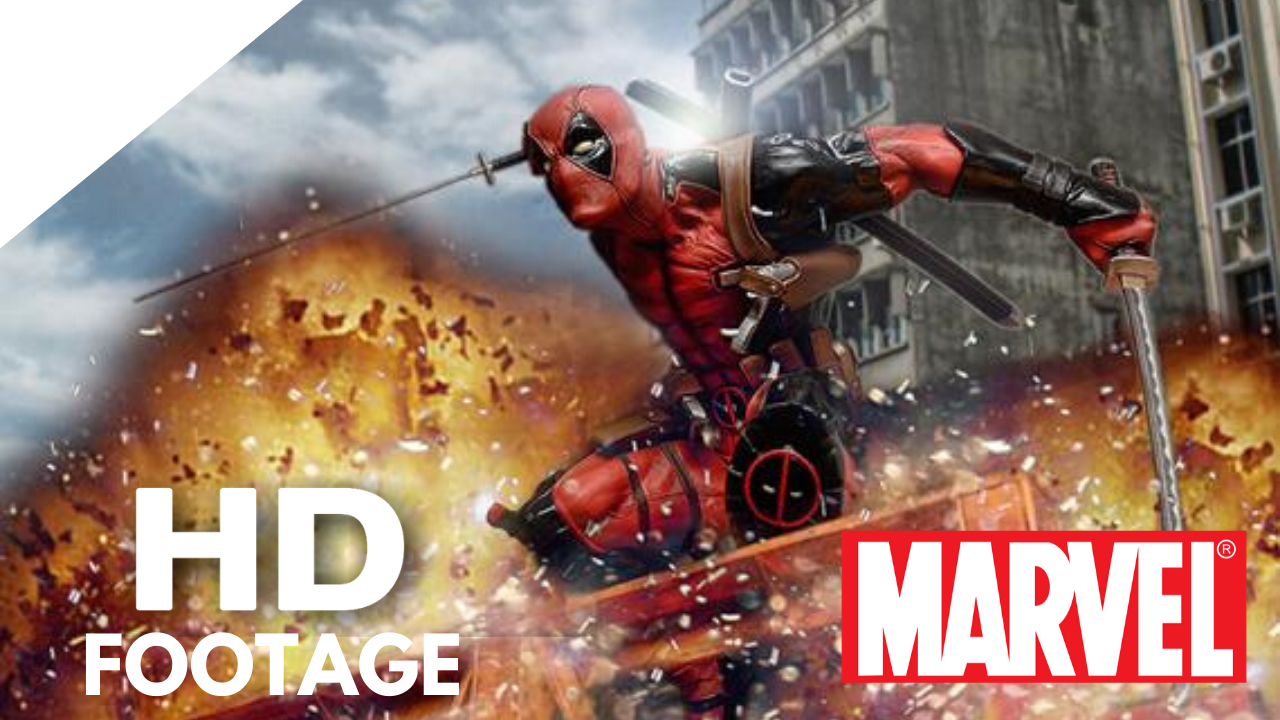
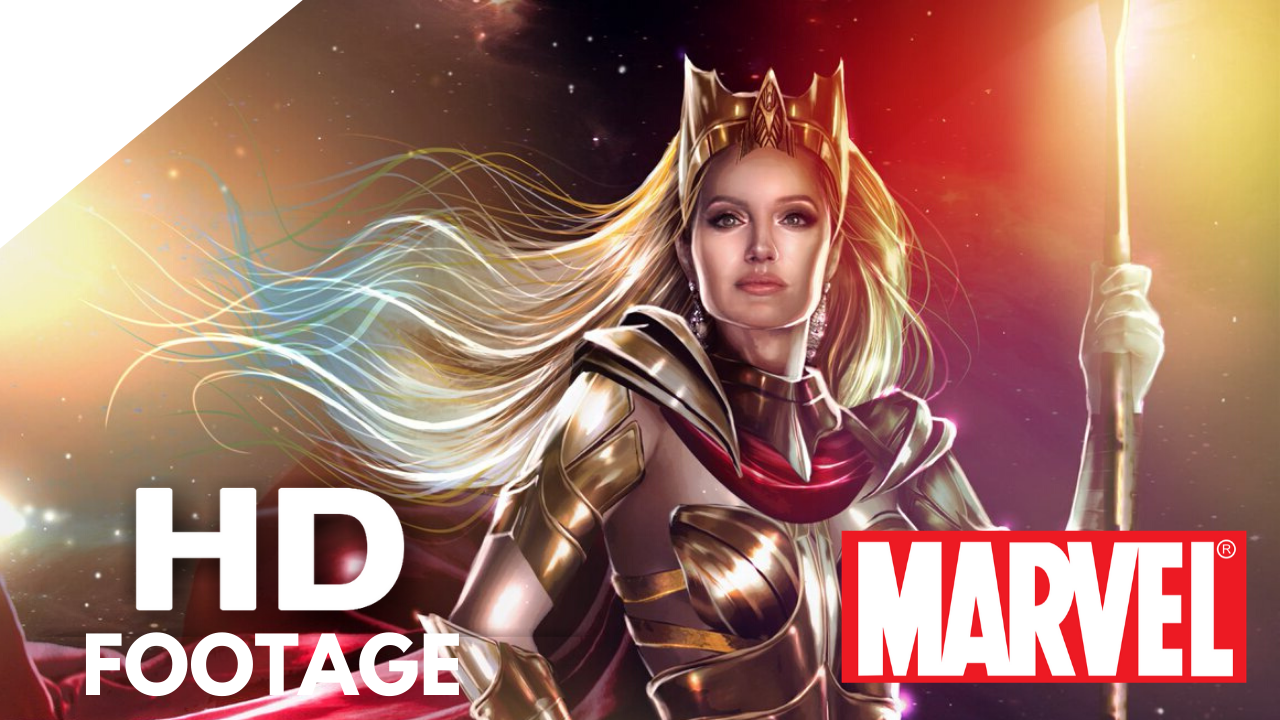
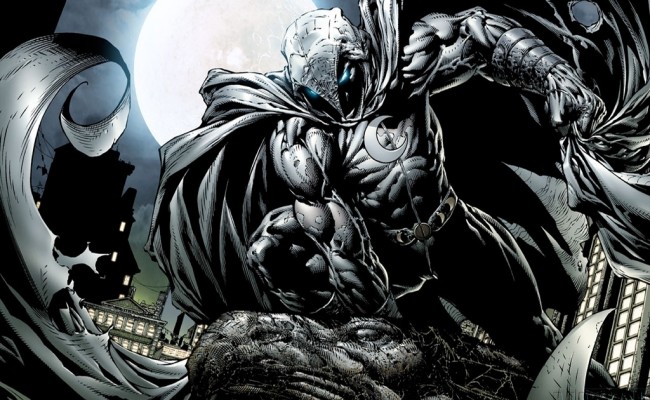
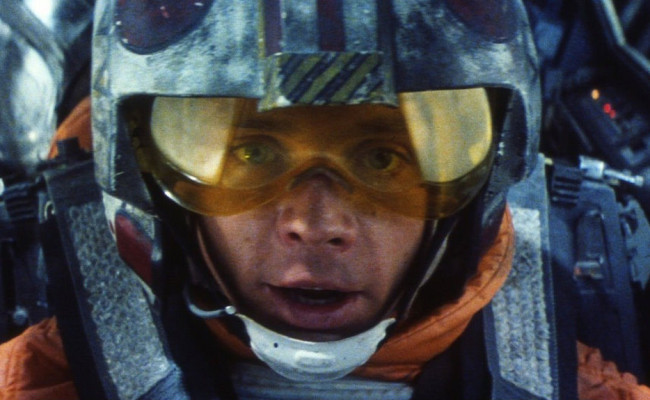
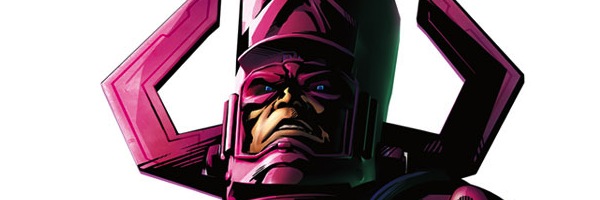
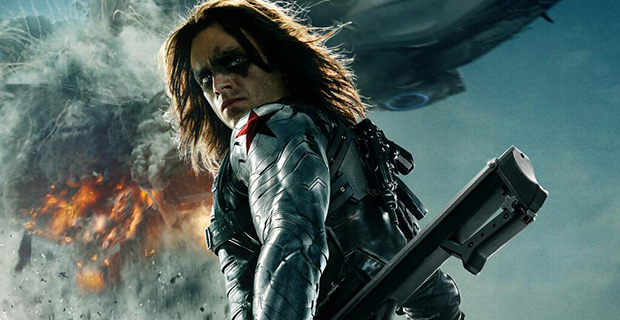
S#!T Talking Central